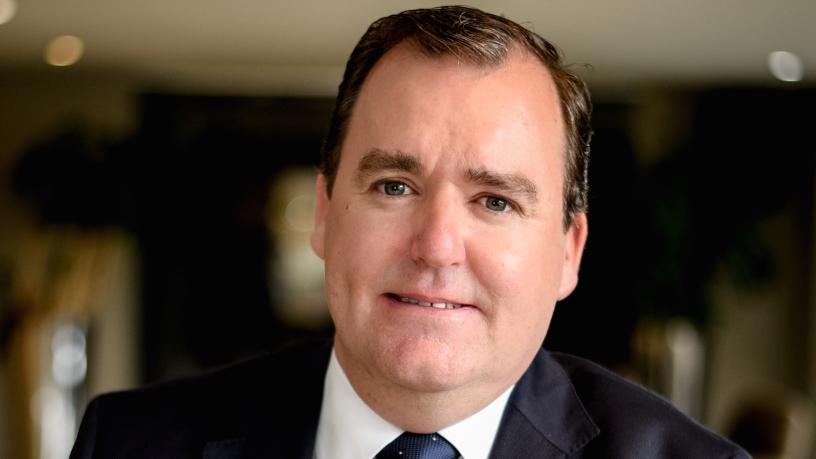
Change. A scary word in many contexts. But a healthy one when it comes to investment holding companies in the modern age.
Most thinkers agree that companies must move with changing landscapes, to meet their own and their consumers' changing demands. For me, a lack of change signals a management team that is "comfortable", with innovation taking a back seat. At the same time, however, change for the mere sake of change can lead to poor investment decisions and a decrease in ROI.
I believe that the key issues facing a holding company when striving to achieve risk-adjusted returns across the group, are these:
When and where to diversify.
My advice is: when you decide to diversify, you need to accept that some decisions in the diversification process may indeed turn out to be bad ones. You need to run with the winners and de-risk or exit any losers.
Where is the comfort zone?
Diversification - and the efficiencies of shared or reduced costs - can make holding companies less risky than those in a single market/sector. With increased diversification comes decreased sector risk.
But, while you can't argue against diversification as a risk-mitigating factor, this isn't to say there aren't risks from a holding company's point of view.
Change for its own sake isn't helpful either.
Further, the greater the diversification, the greater the potential loss of synergy between the group of companies. Management may not always have the skill set to manage two or more distinct verticals, so it's essential that a holding company find its balance: a comfort zone within change, rooted in 'narrow diversification' (which is unlike portfolio de-risking).
Diversification vs de-risking
Portfolio de-risking, based on the pure capital allocation model, involves the preservation and protection of capital by adjusting the mix of invested capital in assets with different risk profiles to match the investors' risk appetite.
This speaks directly to the old adage: "Don't keep all your eggs in one basket."
Diversification, from a holding company's point of view, is a process of de-levering sector-specific risk by investing in different operational verticals, ensuring that the firm is not over-capitalised in any one sector. The big difference here is that diversification doesn't automatically lead to decreased risk; in fact, it can lead to greater risk.
This is why I advocate 'narrow diversification'. The key to achieving this is a clearly defined set of underlying principles and strategies that drives the investment process and, ultimately, the makeup of the holding company.
This helps to ensure that investments are made in verticals where the firm has the skill set and resources to effectively scale. Put simply, 'narrow diversification' is diversification within a clearly defined investment mandate.
Integration and narrow diversification
An attractiveness for any holding company is creating economies of scale and synergies. A group with neither is missing the benefit to the grouping structure.
In some cases, a holding company tries to strengthen its position in a particular market; via horizontal integration where it acquires a competitor, or via vertical integration where it acquires businesses in another stage of a product's lifecycle.
Horizontal integration leads to greater synergies in the business, and vertical integration leads to economies of scale. There's an element of overlap, but these tend to be the main drivers. In both cases, here's what you get:
1. Horizontal mergers give holding companies a stronger market position, along with access to an increased service offering, customer base, and skill set. But the "competing nature" of the various businesses makes integration key.
2. Vertical mergers allow greater turnaround times by influencing the supply chain, and yielding a more agile holding company and subsidiaries. The risk, however, is that the purchasing company may not be a specialist in the field.
To genuinely reduce sector risk it is crucial to select markets where the firm has the skill set and resources to monopolise the sector and achieve scalability.
Tips for diversifying/evolving verticals
If you're a holding company looking to diversify, it may interest you to know that the dominant verticals of MICROmega Holdings were once financial services, the automotive industry, and information technology (IT).
Today, IT is the only one we still work in. We now span a different range of verticals, including occupational risk, smart city solutions, water management, and digital learning solutions. While these differ to the verticals of our past, the process of diversification and our investment mandate are constant.
Here are our three top diversification tips:
1. Stick to the sectors you know and play to your strengths.
2. Know your market and how it's evolving, to move with it.
3. When you do diversify, integration remains key.
Greg Morris, CEO, MICROmega Holdings
Greg Morris is the Chief Executive Officer of MICROmega Holdings. Morris joined the group in 2000 and was appointed CEO in January 2011. Responsible for the day-to-day operations, management and corporate finance transactions of the Group, Morris holds a Bachelor of Accounting Honours Degree and is a qualified Chartered Accountant.
Share